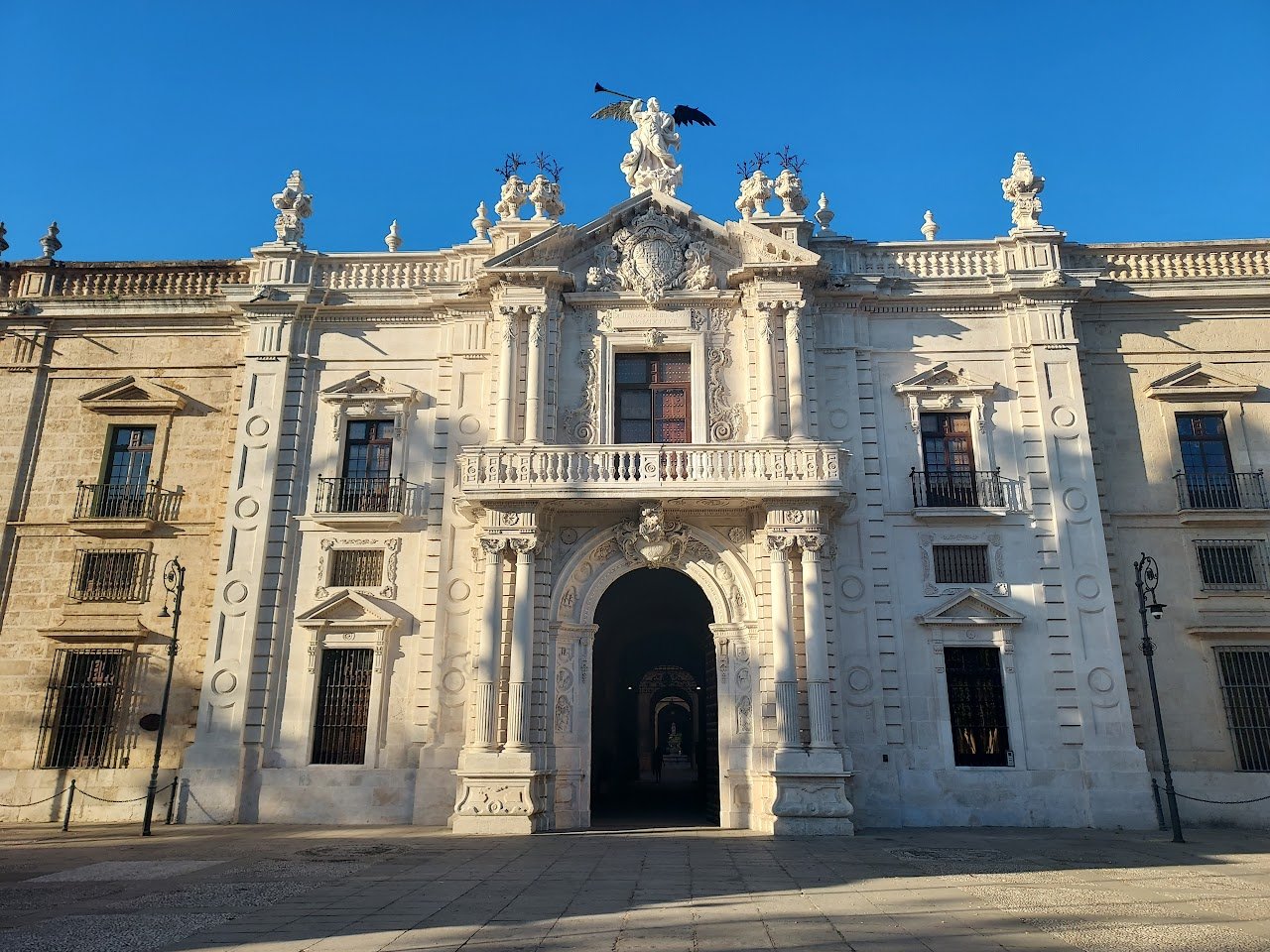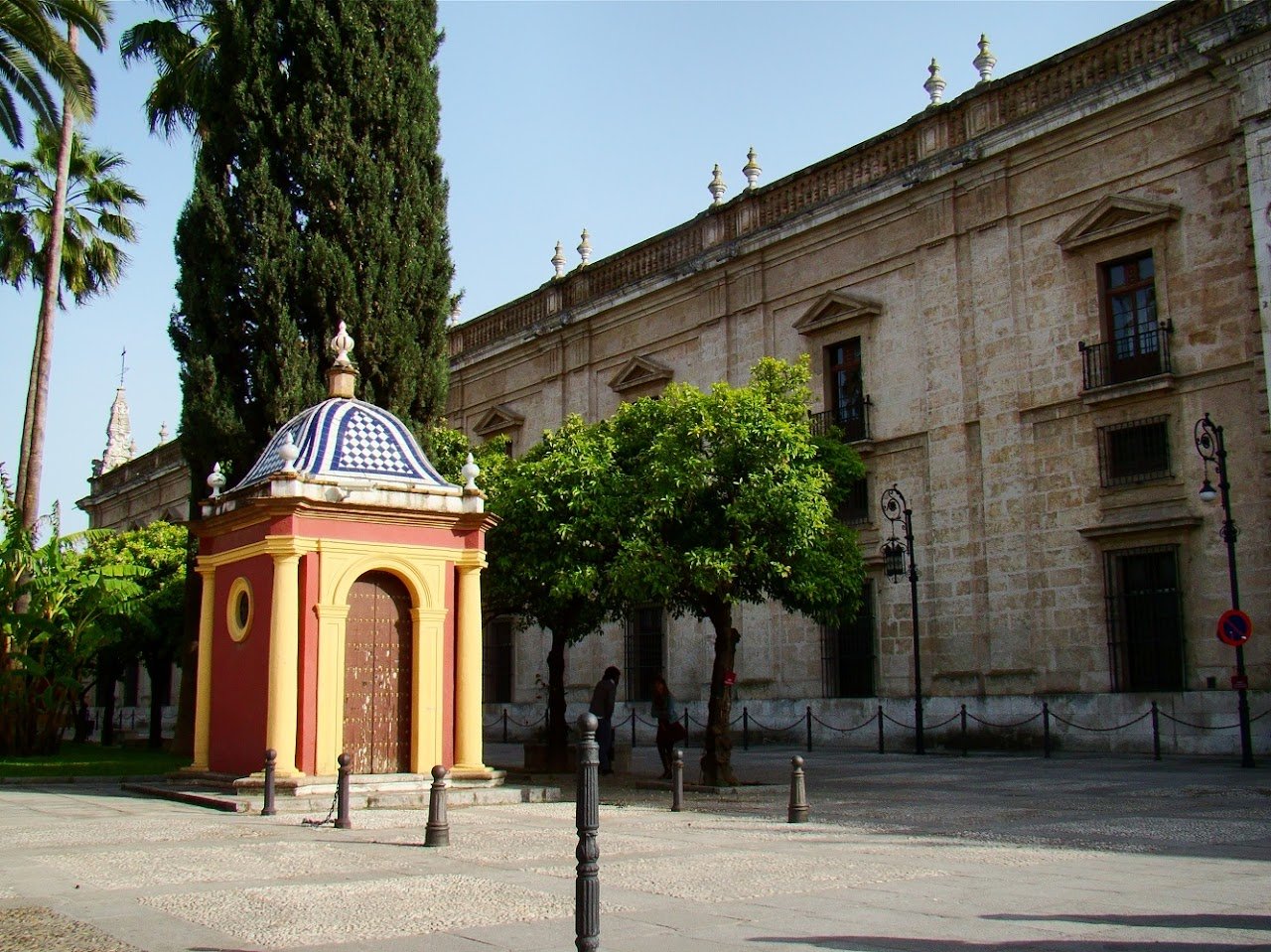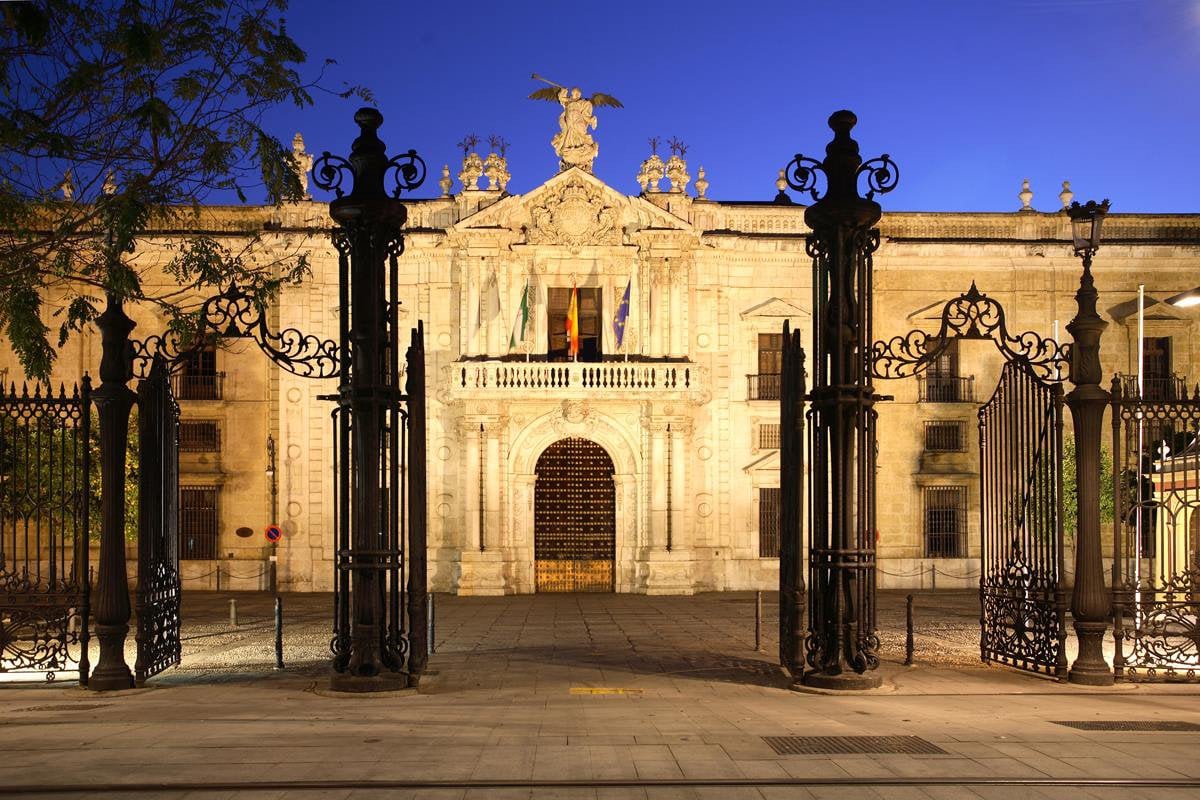Royal Tobacco Factory of Seville





Ask ThatchGPT
Suggest a local expert to plan my trip
Suggest an unique itinerary for my Spain trip
What foods do Spain locals eat
What are some true hidden gems in Spain
Help me brainstorm trip ideas for Spain
Help me plan a family-friendly trip to Spain
What people say
Pedro Pereira
Available for hire
"The Royal Tobacco Factory is an 18th-century stone building in Seville, southern Spain. Since the 1950s it has been the seat of the rectorate of the University of Seville. Prior to that, it was, as its name indicates, a tobacco factory: the most prominent such institution in Europe, and a lineal descendant of Europe's first tobacco factory, which was located nearby. It is one of the most notable and splendid examples of industrial architecture from the era of Spain's Antiguo Régimen.
The Spanish encountered the tobacco plant almost immediately upon their first arrival in the Americas in 1492. The city of Seville, home to the Casa de Contratación (The House of Trade), held a monopoly on commerce with the Americas. At the beginning of the 16th century the first tobacco manufacturers established themselves in Seville, the first anywhere in Europe.[6] Initially, they were dispersed through the city, but were eventually concentrated in one place—facing the Church of Saint Peter—for sanitary reasons and to facilitate state control of the activity. This first dedicated factory, known as San Pedro, was housed in a former women's penitentiary and opened in 1620. It was then replaced by a new factory built in 1687. In the 18th century, the royal government decided to build the present large building immediately outside the city walls."
Read more in:
thepassepartout
"Don't expect to visit an old tobacco factory as one might imagine. Instead, it is now the headquarters of the University of Seville, which used to be a tobacco factory employing around 1,000 people. The only remnant of this past is a tobacco cutting machine displayed in the university's courtyard, accompanied by an original photograph from that time."
Read more in:
Katia Bogacka
Available for hire
"The place where the most of the action in the Opera about Carmen takes place. Carmen was a sensual gypsy who worked in a cigar factory in Seville. Her monument stands in front of the Bullfighting Arena."
Read more in:
Mentioned in these guides
About Royal Tobacco Factory of Seville
Get the inside scoop on Royal Tobacco Factory of Seville from local experts, travel creators, and tastemakers. Browse genuine trip notes, Royal Tobacco Factory of Seville reviews, photos, travel guides, and itineraries from real travelers and plan your trip with confidence.
Website
Save this spot for later or start mapping out a new trip today
Try our AI Travel Assistant and get instant answers to any questions about your trip.
Ask ThatchGPT


